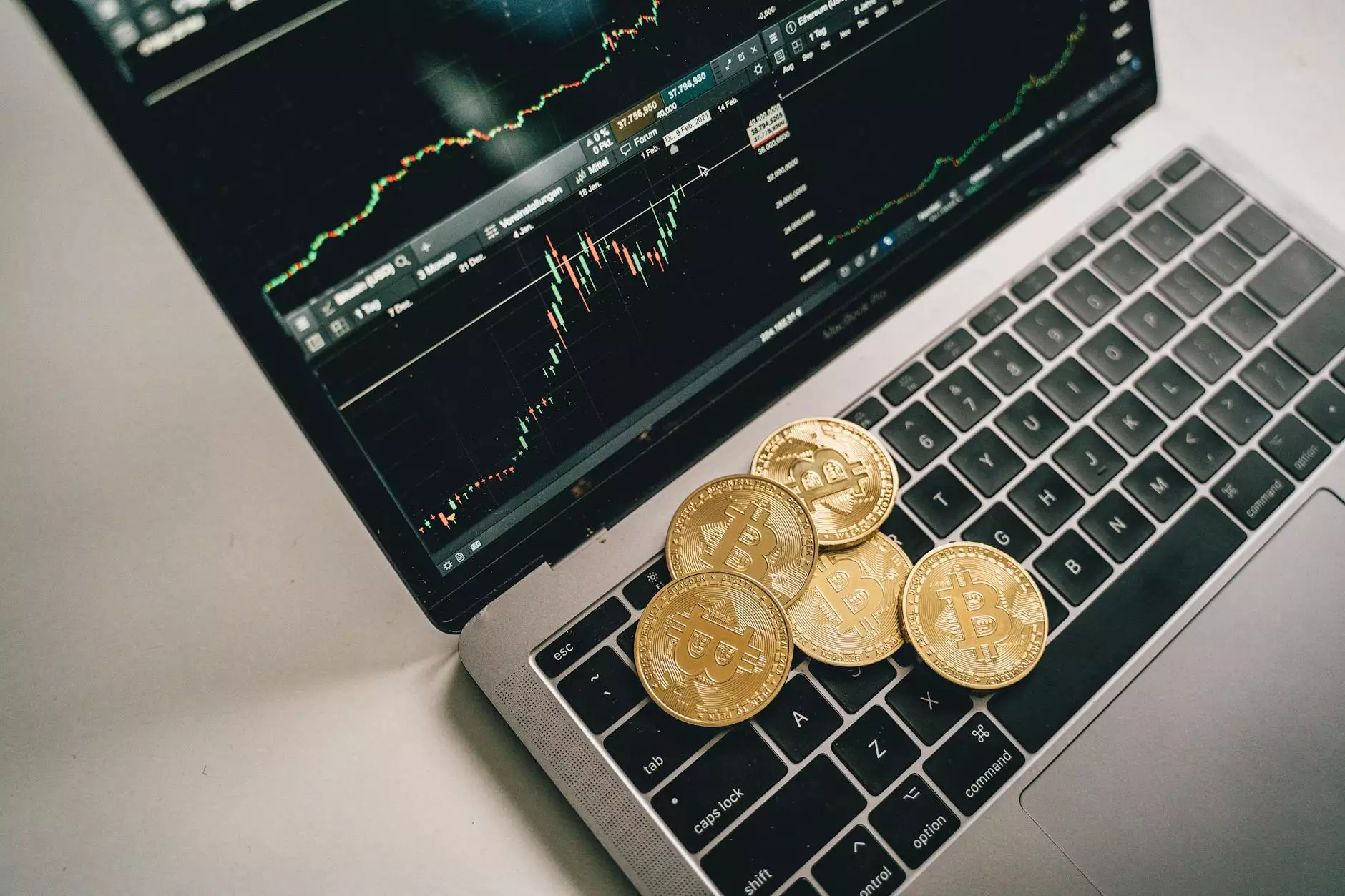The Rising Significance of Rhodium: Understanding the Cost of Rhodium

In the vast realm of precious metals, few elements have experienced the meteoric rise and fall that rhodium has undergone in recent years. As a niche player in the market dominated by gold, silver, platinum, and palladium, rhodium's unique properties and applications set it apart. This article delves into the cost of rhodium, exploring its market dynamics, industrial use, investment potential, and how it compares to its more recognized counterparts.
What is Rhodium?
Rhodium is a rare, silvery-white metallic element that belongs to the platinum group of metals (PGMs). It was discovered in 1803 by William Hyde Wollaston, and its name is derived from the Greek word 'rhodon', meaning rose, due to the pink color of its compounds. Here are some key attributes that make rhodium a coveted metal:
- Scarcity: Rhodium is one of the rarest elements in the Earth's crust, making it highly sought after.
- Corrosion Resistance: It is known for its remarkable resistance to corrosion, which makes it invaluable in industrial applications.
- High Reflectivity: Rhodium has the highest reflectance of any metal, adding to its use in decorative applications.
The Cost of Rhodium: Current Trends and Factors Influencing Prices
The cost of rhodium is influenced by a myriad of factors that can lead to significant price fluctuations. Unlike other precious metals, rhodium does not have a large trading volume, making its pricing more volatile. The following elements play a crucial role in determining the current price of rhodium:
1. Industrial Demand
Rhodium's primary use is in catalytic converters for automobiles, where it acts to reduce harmful emissions. As stricter environmental regulations are enforced globally, particularly in areas like Europe and North America, the demand for catalytic converters—and consequently rhodium—has surged. This industrial demand is a primary driver of price.
2. Mining and Production Challenges
Rhodium is predominantly mined as a byproduct of platinum and palladium extraction. The production issues in South Africa, which produces around 80% of the world's rhodium, such as power supply challenges and labor strikes, can lead to significant supply shortages. Such supply constraints often result in increased rhodium prices.
3. Speculative Investment Behavior
Rhodium has also become a popular choice for investors seeking diversification. Speculation in rhodium investments can lead to price surges as investors react to market trends or shifts in supply and demand dynamics. This speculative interest can create a feedback loop, driving prices even higher.
4. Comparison with Other Precious Metals
The cost of rhodium must be contextualized against other precious metals like gold, silver, platinum, and palladium. While gold and silver often serve as safe-haven investments, rhodium's price volatility presents both high risks and high rewards. Here's a comparison chart:
MetalCurrent Price (USD)Primary UsesGold~$1,900Jewelry, investments, electronicsSilver~$25Jewelry, photography, electronicsPlatinum~$1,000Catalytic converters, jewelry, industrial applicationsPalladium~$2,000Automotive catalysts, electronicsRhodium~$15,000+Catalytic converters, jewelry, electrical contactsInvestment in Rhodium: A Double-Edged Sword
Investors looking to enter the rhodium market must tread carefully. While substantial gains can be found in rhodium investments, the inherent volatility can also lead to steep losses. Here are several considerations for potential investors:
- High Entry Costs: The cost to purchase rhodium is significantly higher compared to other metals, which can make it less accessible for average investors.
- Market Timing: Successful rhodium investment often hinges on market timing. Missing investment windows can have drastic implications for returns.
- Safety and Storage: As with other precious metals, considerations around safe storage and insurance are vital for any rhodium investor.
The Outlook for Rhodium in the Coming Years
The future of rhodium pricing is subject to many uncertainties, particularly as technology evolves and new regulations come into play. Analysts expect various trends to shape rhodium's trajectory:
1. Technological Innovations
Advancements in catalytic converter technologies may alter demand for rhodium, potentially reducing its necessity in future models. However, the transition might take time as existing vehicles and technologies continue to utilize rhodium.
2. Global Emission Regulations
As countries worldwide implement stricter emission standards and move toward greener alternatives, the role of rhodium could both rise and fall. Investments in electric vehicles (EVs) and alternative energy sources may eventually reduce the demand for fossil fuels—and consequently the need for catalytic converters.
3. Market Sentiment Shifts
As more investors become aware of rhodium's potential, market sentiment could shift, leading to greater investment and speculation. This influx could heavily influence prices, adding another layer of volatility.
Conclusion: Navigating the Complex Landscape of Rhodium
Understanding the cost of rhodium is essential for anyone looking to navigate the complex landscape of precious metals. While it offers unique advantages and potential rewards, it also carries significant risks. For investors and industries alike, staying informed and adaptable to market changes will be crucial in making the most of rhodium's unique properties and market presence.
As you consider your investments, remember to weigh the fabricated potential against the risks associated with rhodium. For those keen on exploring precious metals further, don’t forget to check out Dons Bullion, where you’ll find gold, silver, platinum, and palladium bullion for sale, along with competitive insights into the ever-changing market of precious metals.









